Educating Sommeliers Worldwide.
By Beverage Trade Network
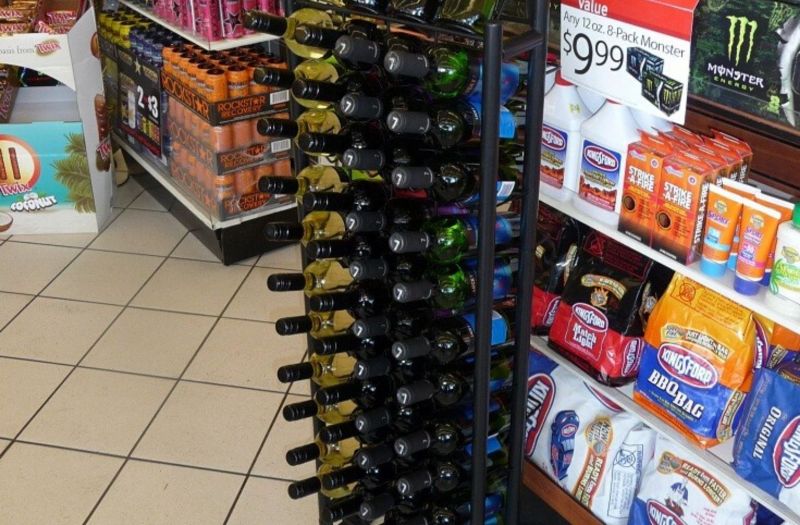
I spent years in sales and building my brand before starting Beverage Trade Network, trade shows and our media business. My first brand was called Friday Monkey which was out of Australia and in 3-4 years, I had 10 private label brands. Friday Monkey alone was doing about 40,000 cases a year.
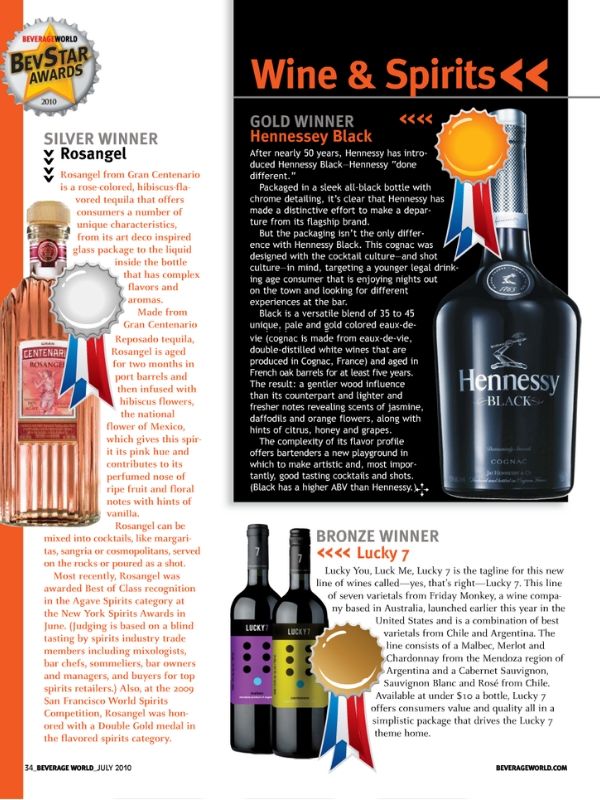
I was also consulting a wholesaler and ran the wholesale operations which gave my an idea on how a small and medium sized distribution business really works and what are their priorities.
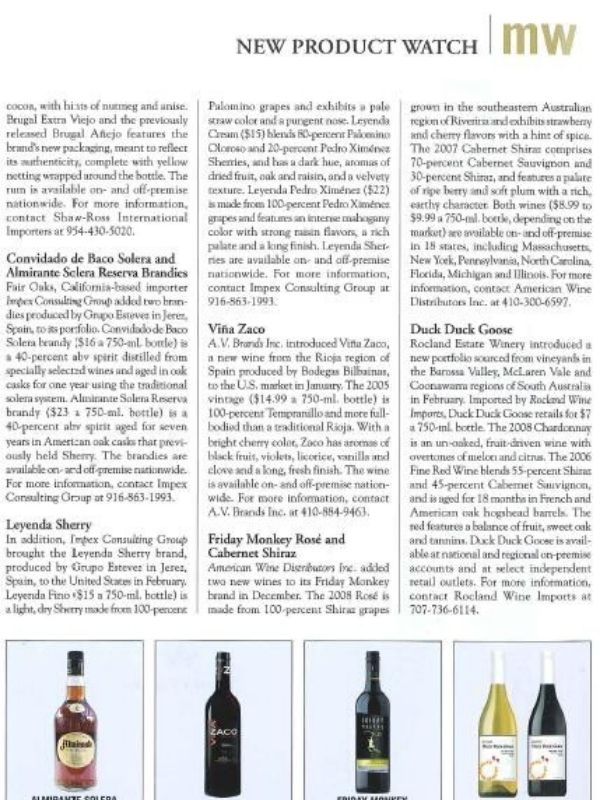
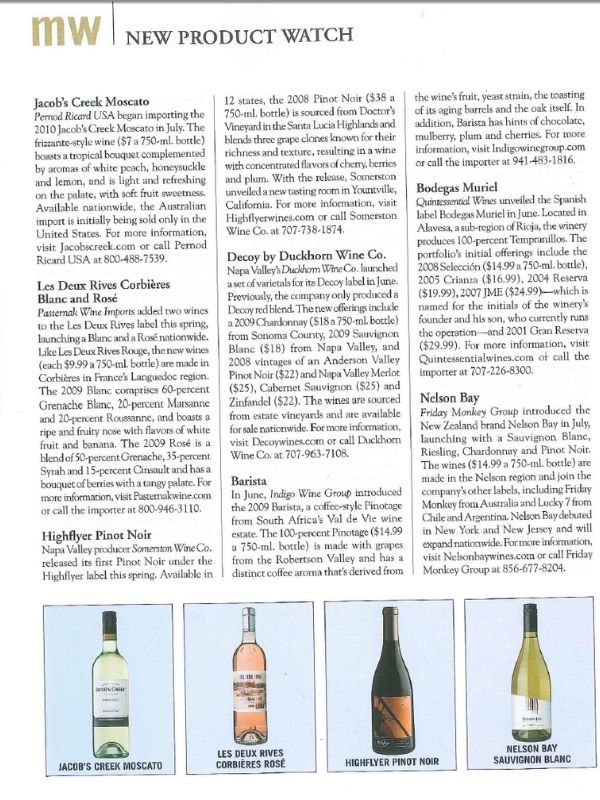
I want to share some thoughts on how to sell your wines - to a wholesaler, retailer, restaurant, and so on.
1. What problem you are solving
2. Do you have a unique solution or a package, if not, what will you do better than everyone else.
3. What does your sales support look like
4. What's your go-to-market strategy
5. How will you help me re-sell
6. Understand the profit your retailer and distributors need to make.
7. You have to offer more than just the price.
What it took me to sell my wine...here are some examples.
- to go in c-stores and gas stations of the world - a 4 case wine rack which was $80, split between the distributor and me. investment of $40 per account as they did not have space. Biggest objection you need to overcome for c-store is space issue and the second biggest is that gallo technically owns the shelves and you cant blame them...they have the wines consumers are looking for and c-stores can only stack 10 skus of wines. And they service.
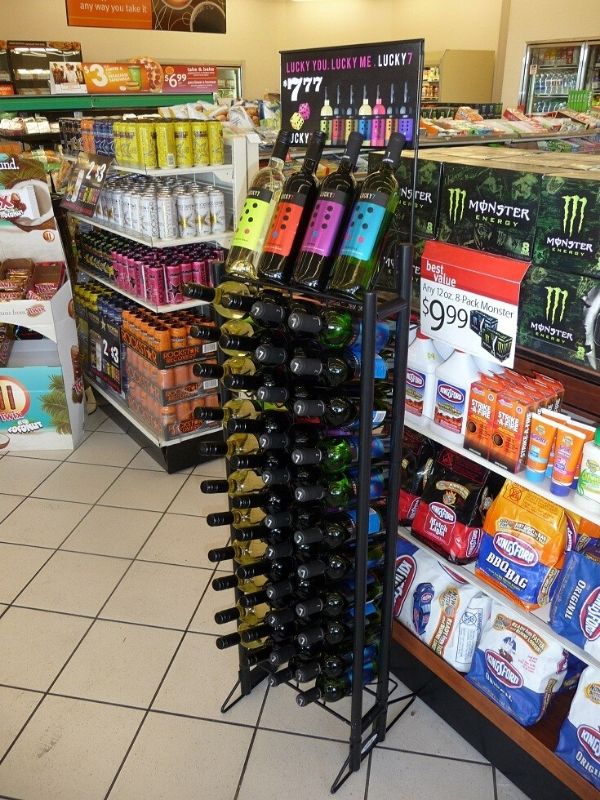
- to go in top restaurant of nyc - ciprani wall street. made tem exclusive restuarnt by supplying them 1.5L magnums for house wine program and we were moving 20 cases a month. More important was it added quality seal to the brand as being in the finest restaurant for a $7.99 wine was important to show the quality in the wine.
- to go in 1000 mom and pop stores, friday and saturday night tastings and shelf talkers. buy 3 case and we will come friday and saturday and blow the stock out.
- to go in total wine's wine direct program: the deal was simple, they wanted to retail the wine at the lowest price than the competitors and wanted to make the higest margin, so that was that.
- to go in Krogers chain - test store program of 50 stores where each store gets a rack and then we have to prove the depletion ration if stock moves. So the focus was on depletion.
- to go to restaurant chains like Outback steak house and other important accounts of each state. Connections. There are always some big retailers who will not even talk to you, so that's when you need to use a distributor who's owner, has good connections or the sales rep who has that rapport.
- to go in groups...there are many coops and groups and associations of retail stores, they need a container pricing, they then split the stock in their network. So that was New Jersey where the brand had good presence as almost 100 stores had it on floor display of 25 case in each store. But that was at the cost of price and terms.
- to go in reputed distribution houses like Budweiser and Miller Coors network, it takes proof of concept. These distributors work on word of mouth, if they see a brand doing well in another house, they will give you a chance. Pitched to more than 20 miller distributors in IL state as they will have their leadership and sales team sit in and see how passionate you are and other things. Beer distributors are amazing, they are the best when it comes to learning to merchandise and they pay on time.
- to offer more wines from your portfolio - a simple approach that I used was presell and market work, once you had some commitment and sales, tell the distributor owner, we have this and you will get a small pallet to start with.
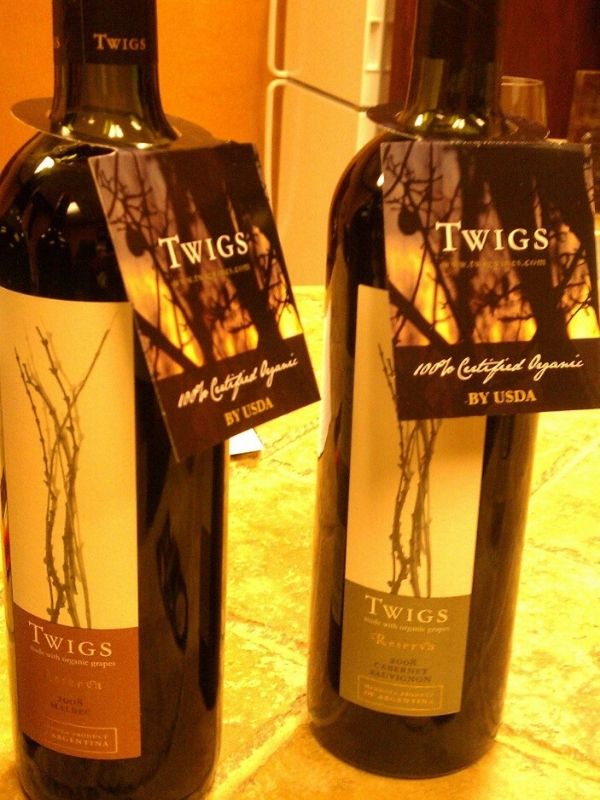
Undoubtedly, America is still the best market for wines, beers, and spirits in my opinion as new brands will always get a chance. That's the DNA of the country - you get one chance, so my message to the brand owners is "perform" when you get a chance or a placement and you will see how loyal the trade is - all they want is your brands sell and that should be the focus of the supplier if you are in the game for long.
 Sid Patel, CEO and Founder, Beverage Trade Network, Get Drinks Delivered, London Drinks Guide, IBWSS, London Spirits Competition, BevRoute, Sommeliers Choice Awards, Bartender Business, USATT, Cannabis Drinks Expo, International Bulk Wine and Spirits Show, USA Trade Tasting.
Sid Patel, CEO and Founder, Beverage Trade Network, Get Drinks Delivered, London Drinks Guide, IBWSS, London Spirits Competition, BevRoute, Sommeliers Choice Awards, Bartender Business, USATT, Cannabis Drinks Expo, International Bulk Wine and Spirits Show, USA Trade Tasting.
 The goal of the Sommeliers Choice Awards is simple: to provide on-premise buyers and sommeliers a valuable benchmark for understanding which wines would make a compelling addition to a wine list.
The goal of the Sommeliers Choice Awards is simple: to provide on-premise buyers and sommeliers a valuable benchmark for understanding which wines would make a compelling addition to a wine list.
The judging panel of the Sommeliers Choice Awards will consist entirely of top sommeliers, on-premise wine buyers and wine directors at U.S. restaurants, bars, pubs, and clubs. In order to be selected as a judge, sommeliers need to provide evidence of their expertise within the on-premise industry. In some cases, these sommeliers may also be wine consultants for on-premise establishments. They may also have a buying role in addition to working on the restaurant floor.